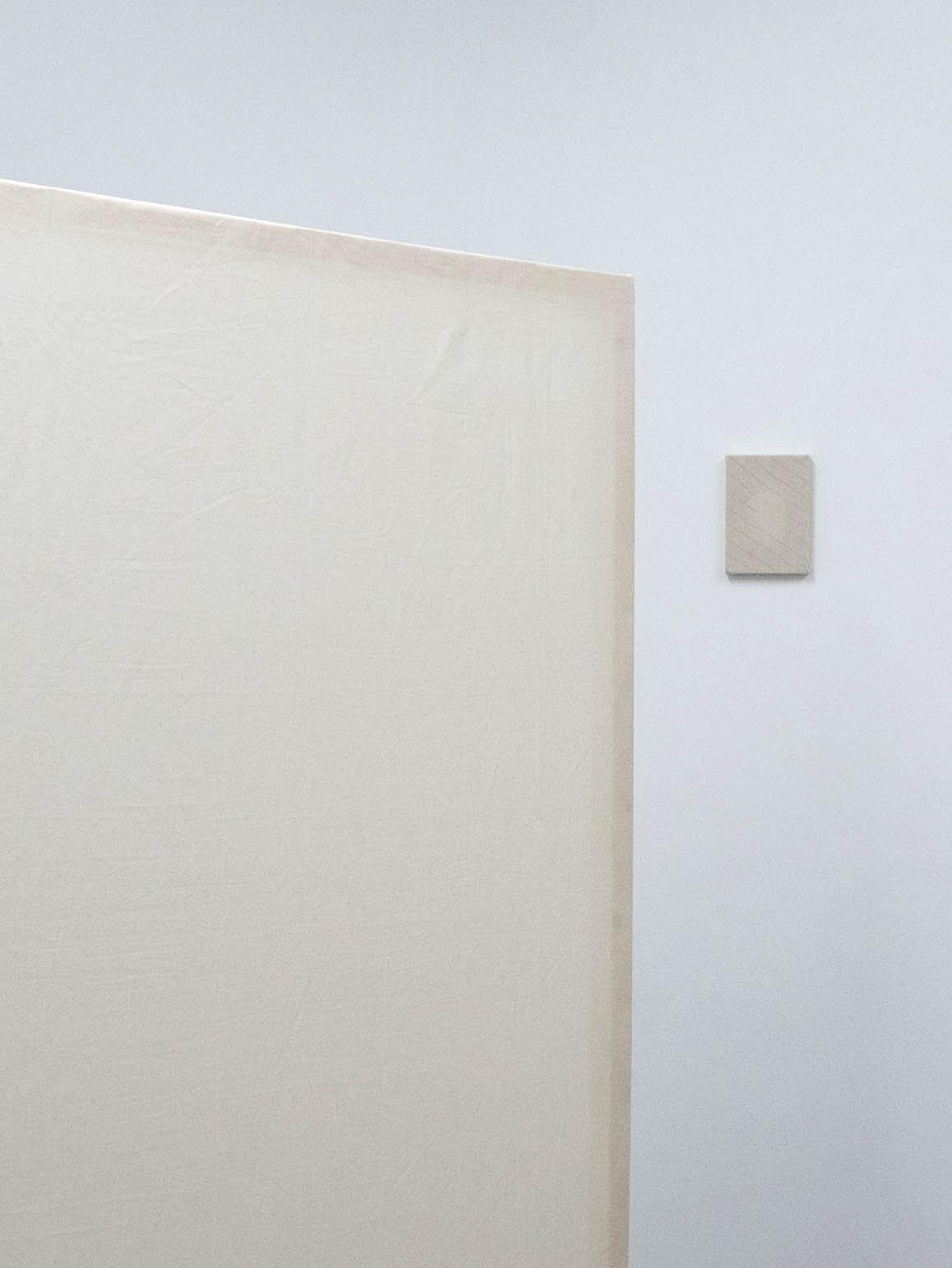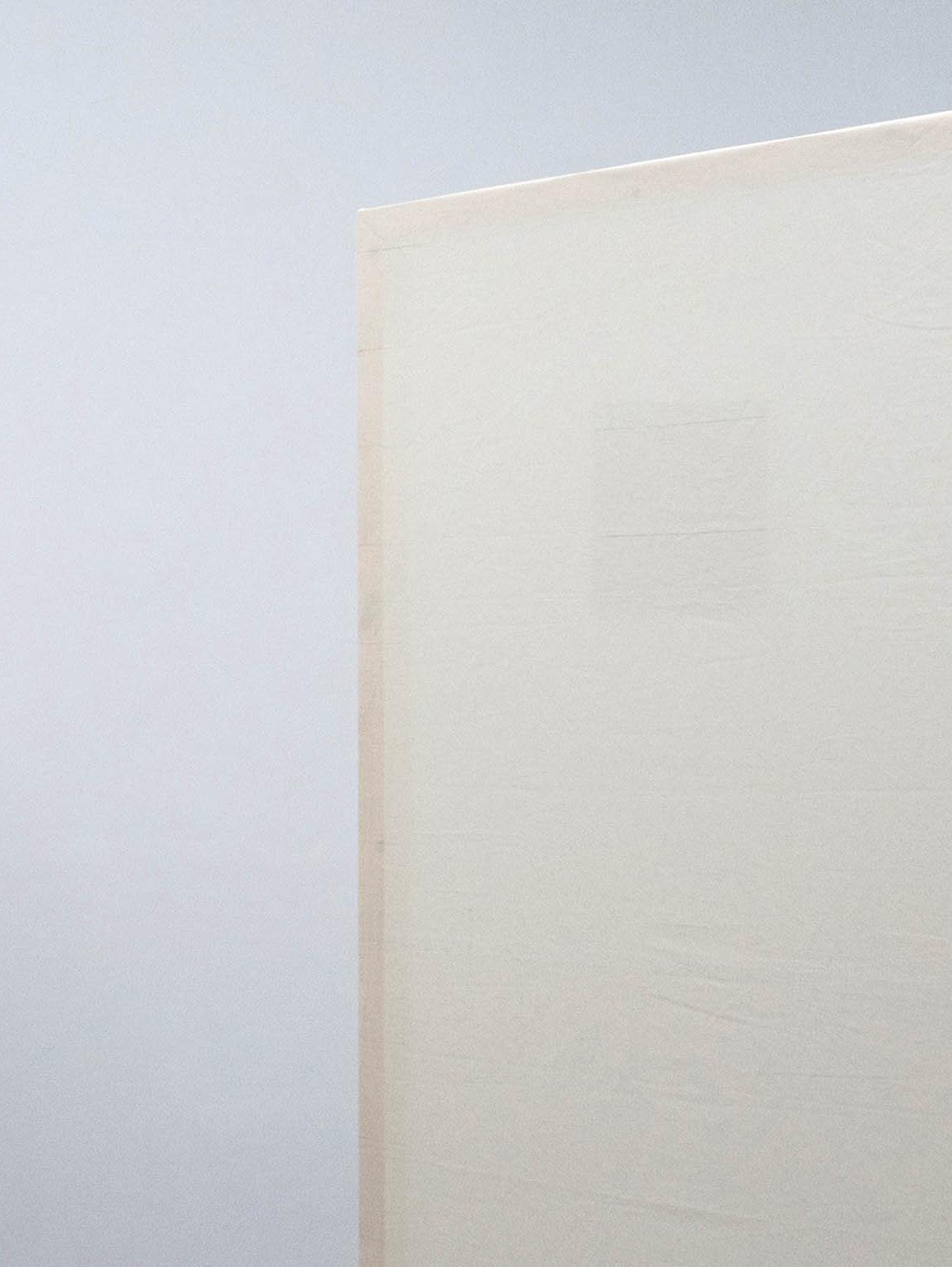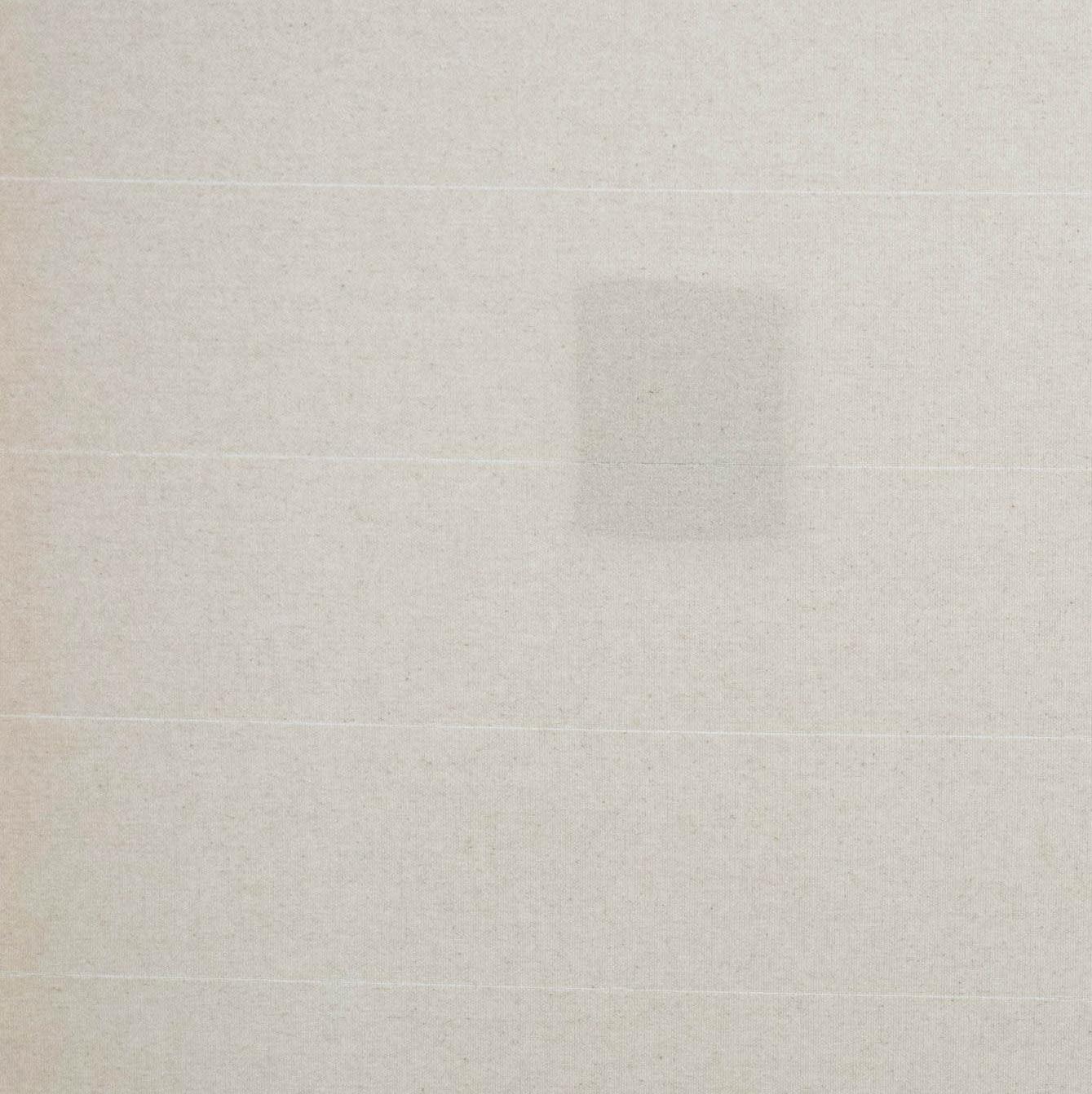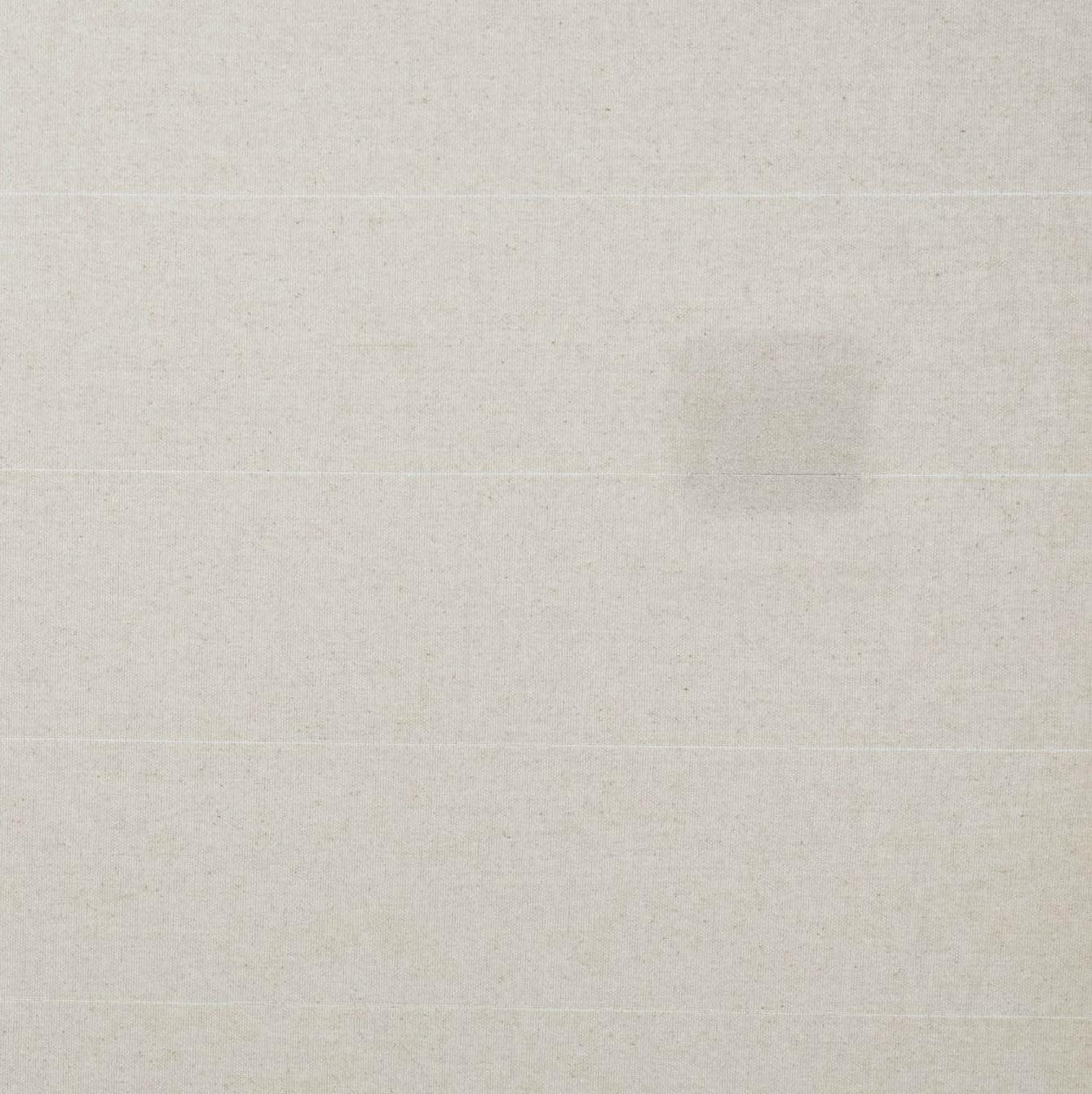
2 minute read
Text: Moving Closer
from Touching Distance
by lister_art
Moving Closer
February 2021
Advertisement
In 1932, Henri Cartier-Bresson photographed two men in Brussels, Belgium. These two individuals were spectators, recorded in the act of looking at something. Cartier-Bresson’s famous image has been written about, in various contexts over the nearly 90 years since its production. It captures and re-presents the pleasure we take in looking. It is, of course, a magnificent example of Cartier-Bresson’s decisive movement, and I’ve often lingered on this photograph.
I used to think that the most important part of my enjoyment came from the imaginative guessing game I’d play inside my head regarding what might have arrested the attention of the two men; asking what are they looking toward? What could they be looking at, what could be so amazing / interesting / exciting / captivating / distressing that has made them stop and linger? I’d think about the building work that could be going on beyond the material barrier, or the hidden circus that might be setting up, or the fight developing, or the political rally, or this or that. And I contented myself with this joy in thinking about the unseen action or activity which could grab attention. As I have been working with barrier materials for the Touching Distance project, I circled back to the image, to think about it again.
I’ve been pulling threads from canvases, tying knots and making blocking devices, and as with Brussels, there’s an element of ‘something beyond’, of a ‘space contracting’ or ‘being limited’, or indeed of something being kept out of visual and physical reach in my new works. I have been continually using these sorts of phrases in notebooks and in the margins of my diary; the words helping me keep track of my thinking-through-making processes.
I’m fascinated by the barriers we set up, that we experience and that we challenge in the world around us.
This interest is of course in the subjects, the details related to separations, to distinct spaces and places, to haves and have-nots, but this isn’t the aspect of the interest I feel right laying claim to. The reason for this is that when I distil my enjoyment of Brussels down, it’s actually always been the activity of looking and of trying to gather more information that truly holds my fascination.
To inquire, to look beyond or to find out.
To sneak a peek at something hidden.
To move that bit closer toward comprehension, or to another person.
To ask what happens if I do this, or I place these things together? To help me make narratives which I can understand in the physical and intellectual spaces I find myself in. That’s what I’m looking toward.







